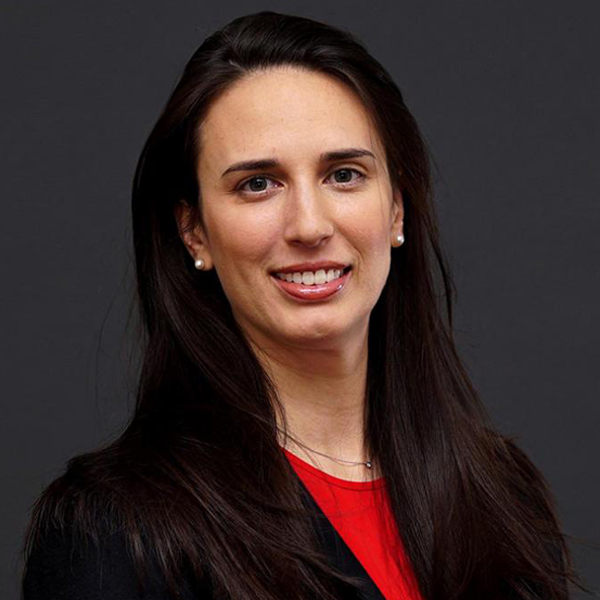
“Our house is on fire.” These are the words of 16-year-old climate activist Greta Thunberg, who began the first “Fridays for the Future” school strike in her native Sweden one year ago. In August 2018, Thunberg sat alone outside the Swedish Parliament to protest the inaction of government leaders on the climate emergency. Fast-forward to this past Friday, where over four million students and workers took to the streets around the globe to demand action. It was inspiring and encouraging to see so many march, but we also know this is just the beginning. According to the Intergovernmental Panel on Climate Change (IPCC), we are less than 12 years away from not being able to undo damage to the environment without taking unprecedented action, including cutting our emissions by at least 50%. As Thunberg said: “It’s time we listen to the scientists.”
The climate emergency is a public health emergency. Yet funders, researchers, and practitioners in our field remain largely on the sidelines during this emerging threat. Our voices are needed. We’re only halfway through 2019 and already seven million people have been displaced by extreme weather. Displacement can lead to increased levels of stress and depression; deprive people of needed medication; keep children out of school for long periods of time; and reinforce existing health disparities. This past July was the hottest on record, and the summer saw a series of extreme heat events sweep across Europe. Heat waves can result in preventable deaths, and are especially dangerous to those with respiratory or cardiovascular disease, as well as children and the elderly. U.S. coastal cities are at particular risk in our changing climate: rising seas, worsening storms, and higher temperatures mean that we need both physical and social infrastructure improvements to protect these communities. In the absence of adaptation, mitigation and relocation, one study estimated the health impacts of climate change will cost $168 billion by 2090. That would easily move climate change into the top 10 costliest public health problems—right between cigarette smoking and arthritis.
One way that public health can be involved right now is through interdisciplinary research. I spent this past summer in Boulder, CO at the National Center for Atmospheric Research (NCAR) as part of the Early Career Faculty Innovator Program. The goal of this two-year fellowship is to support interdisciplinary projects that bring together social, behavioral and atmospheric scientists. From the perspective of NCAR and its funder, the National Science Foundation, interdisciplinary research is needed to address the climate crisis. For example, one avenue of research might focus on the use of synthetic storms or air pollution models to communicate risk and assist with decision-making in developing effective adaptation strategies. These types of collaborations are second nature to public health professionals—we’ve been here before with the AIDS epidemic, Big Tobacco and the opioid crisis, and we know the challenges and benefits of interdisciplinary research. This is precisely why the climate emergency needs public health professionals – to address the most pressing public health crisis of our time.
This is only one way to tackle the climate emergency, but we must take action. In his remarks at the UN Climate Action Summit, Secretary-General Antonio Guterres reminded us that we have “had enough talk” and that we cannot “negotiate with nature.” We must act, and be hopeful that change is coming.

Alexis Merdjanoff, PhD
Clinical Assistant Professor of Social and Behavioral Sciences